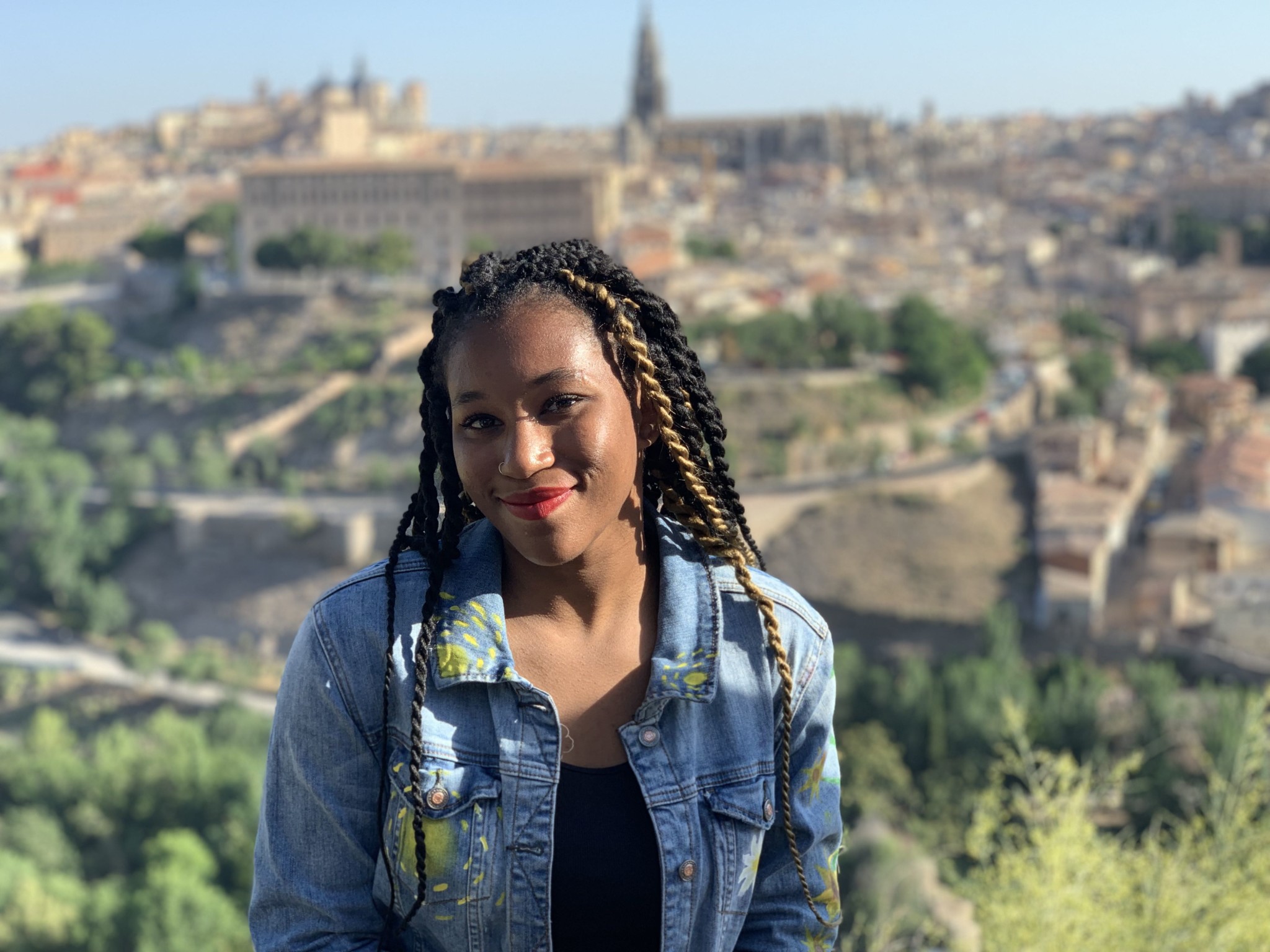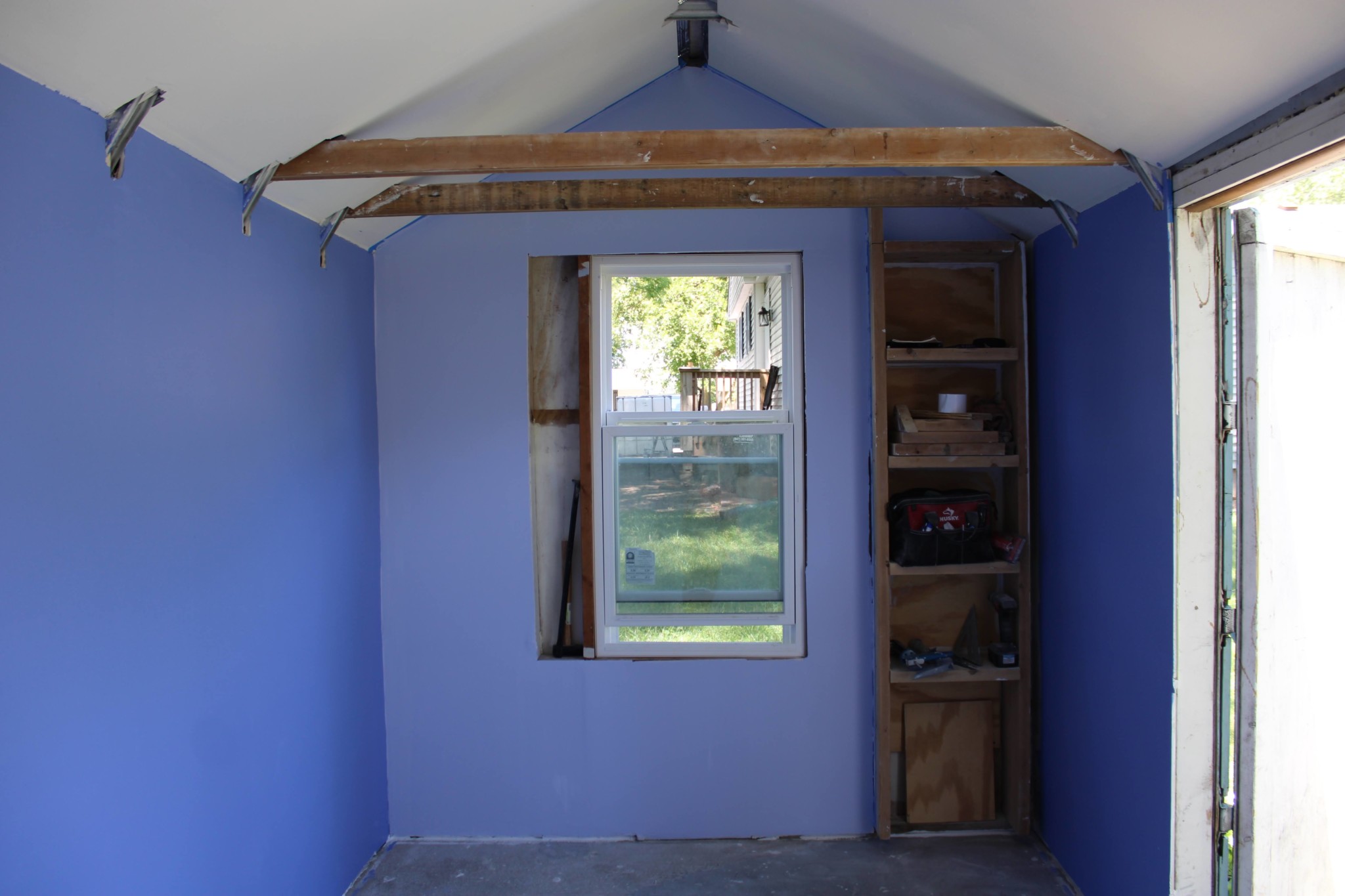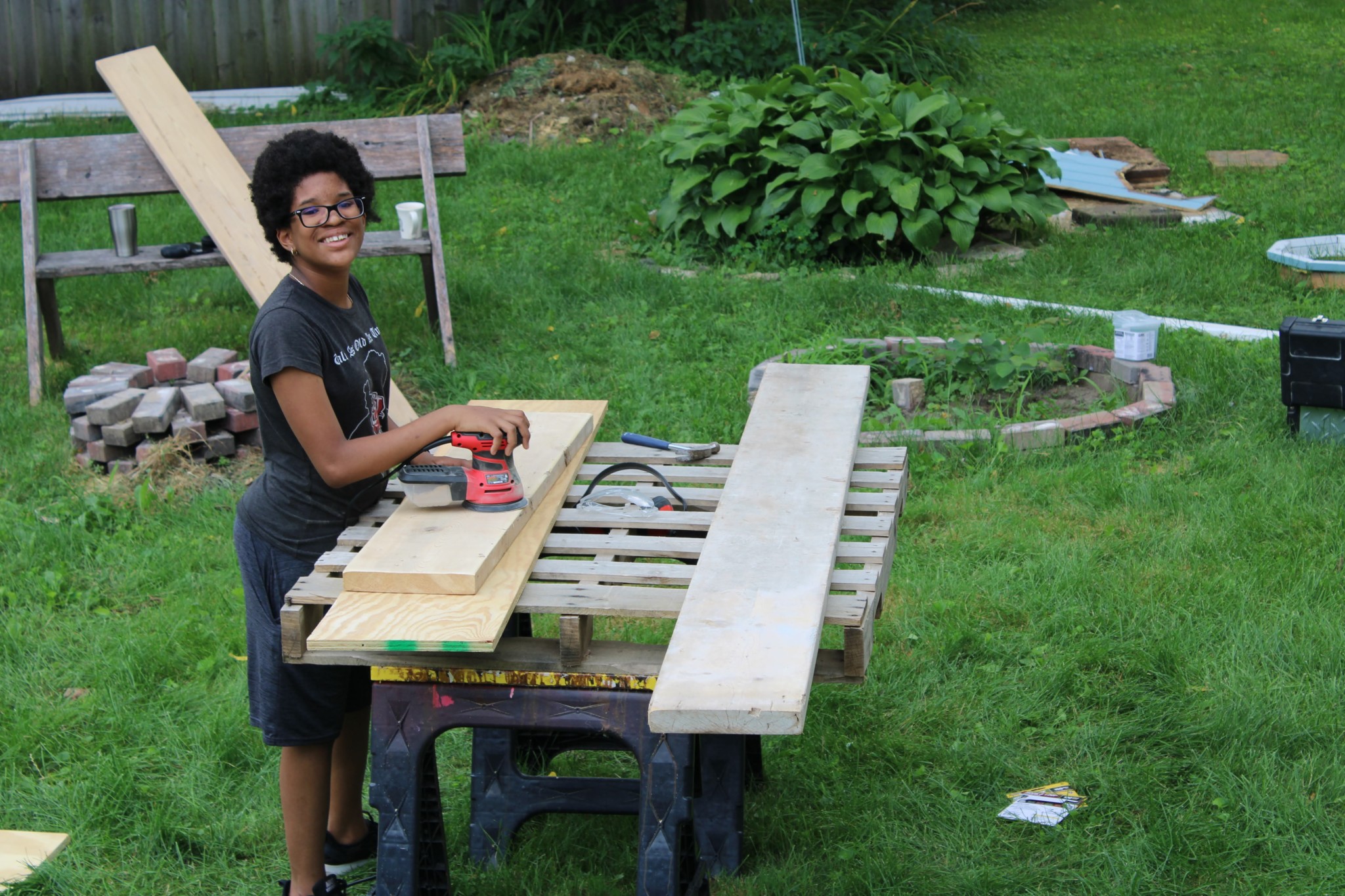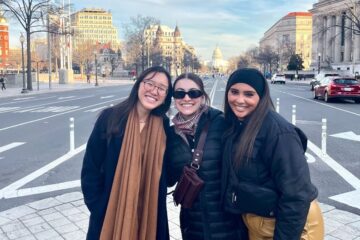Ishta Nabakka ’23 received a We Act Grant for the summer of 2020. Read her testimonial below about the experiences she had in building a tiny house and exploring possibilities for helping the homeless.

Ishta Nabakka ’23
This summer was a crazy, and certainly unforgettable, one. It was unfortunately marked by violence, hatred, civil unrest, injustice, and fear. Lives were upended, jobs were lost, and fear of safety for loved ones & family spread faster than the coronavirus. However, through all of this turmoil, I was fortunate enough to find peace and refuge in the summer project that I was able to do with support from the Laspa Center.
I have always had a deep love and fascination of tiny houses. The larger than life experience that the owners of these homes seem to have in spite of the miniscule size of the house. I love that they can be customized to reflect the personality of the inhabitant, they maximize the use of space while producing a smaller carbon foot, and they can be utilized as houses for individuals affected by homelessness.
The tiny house project consisted of two major parts: the build and the interviews. Due to the pandemic, a majority of businesses in my town were temporarily closed if they could not transition to an online model. For me, this meant that I could not begin the project with interviews. Instead, I started with the build and boy am I glad that I did.

The initial shed
During the first week of the build, I had this glorious image of myself rapidly moving through all of the stages and finishing the house in just over a month. I quickly found out how wrong I was. When I was planning, I did not factor in weather and the amount of time that I would spend researching how to do something. I have absolutely no experience in construction, so the learning curve was steep. I spent a majority of my time reading “how to…” articles and watching “how to (insulate, put up drywall, use joint compound, etc…) videos” on YouTube. The procedures were fairly straightforward, but when time came to translate my research to action, I had to give myself time to learn how to use the equipment and complete the step to the best of my abilities. In addition to this, I had to overcome a level of intimidation and anxiety when I shopped at hardware stores for power tools, and when I used them. However, once I used the tools, I felt more comfortable and confident moving forward. This continued to be a general pattern throughout the build- periods of stress and apprehensiveness followed by a relative calm. My days consisted of research, building, and more research to close up the day. Although the tasks were slightly stressful and intimidating, I enjoyed learning more about construction. I learned how to dissect structures up in order to focus on the individual components, and that is a skill that I will always have.

The house, now insulated and painted.
For the second part of the project, I contacted local organizations like The Pioneer Center for Human Services (PCHS) and the Youth and Family Center (YFC). While both interviews increased my understanding and awareness of the community in McHenry, PCHS provided me with more information about homeless services.
For PCHS, I interviewed Randy Leggee, Director of Development, and I spoke to him about PCHS services, initiatives, goals, and problems. The main homeless service that PCHS offers is the Public Action to Deliver Shelter (PADS) center. The new PADS center in McHenry, IL is a year round facility that provides beds, meals, and access to local services that help individuals foster freedom and security. The PADS center is an essential resource in the McHenry community and county. The main problem that it faces is funding; PCHS relies heavily on individual & company donations, grants, and government funding to continue their programs. However, each year, PCHS loses money so less can be allocated to the PADS center. This is a general issue that public services, such as the PADS center, face. It is also an issue that tiny house communities for the homeless face.

Ishta sanding a part for the house.
Even though I have built the tiny house model and conducted interviews, this is a project that I will continue working on. Currently, for my CORE III class, Collective Songwriting, I am going to interview collaborators at Fideicomiso Tierra Libre (FTL) who work in the Boyle Heights and unincorporated East LA areas to develop transitional housing through a more equitable, and community focused, approach. I hope to apply what I learn from FTL to the McHenry area.


